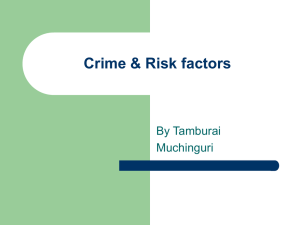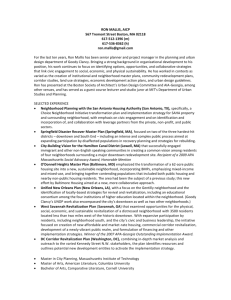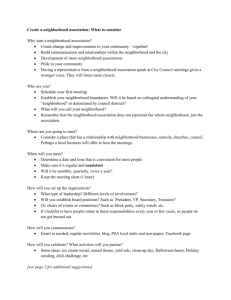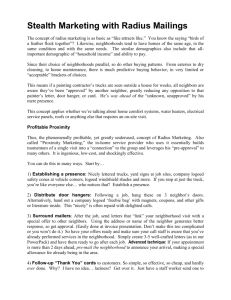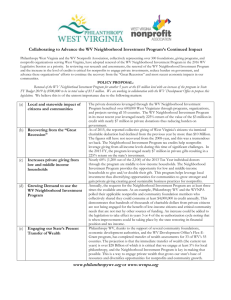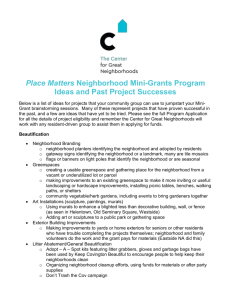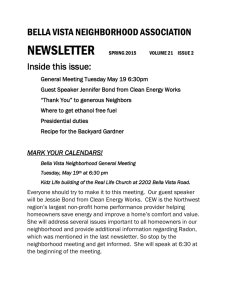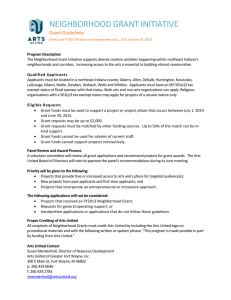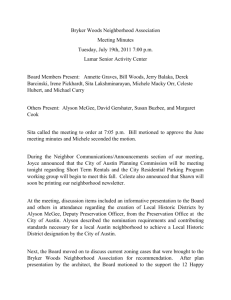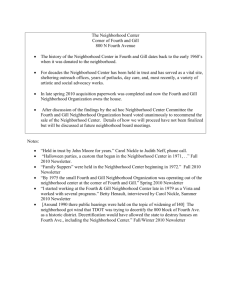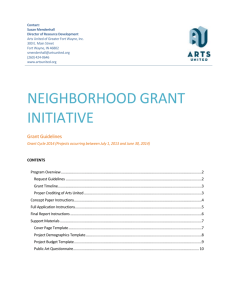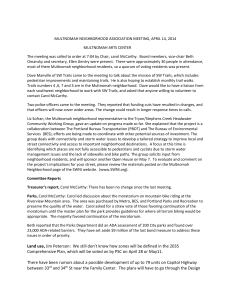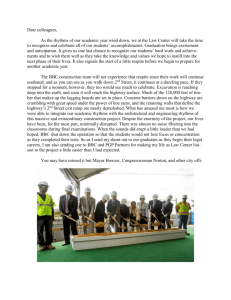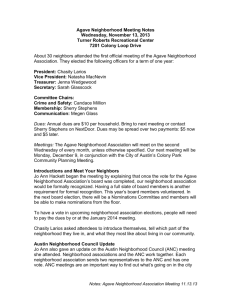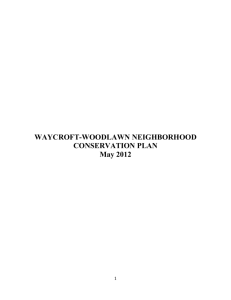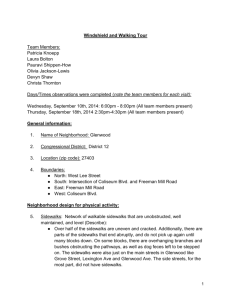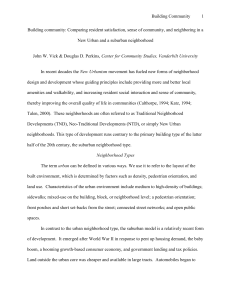Grid_site_observations
advertisement
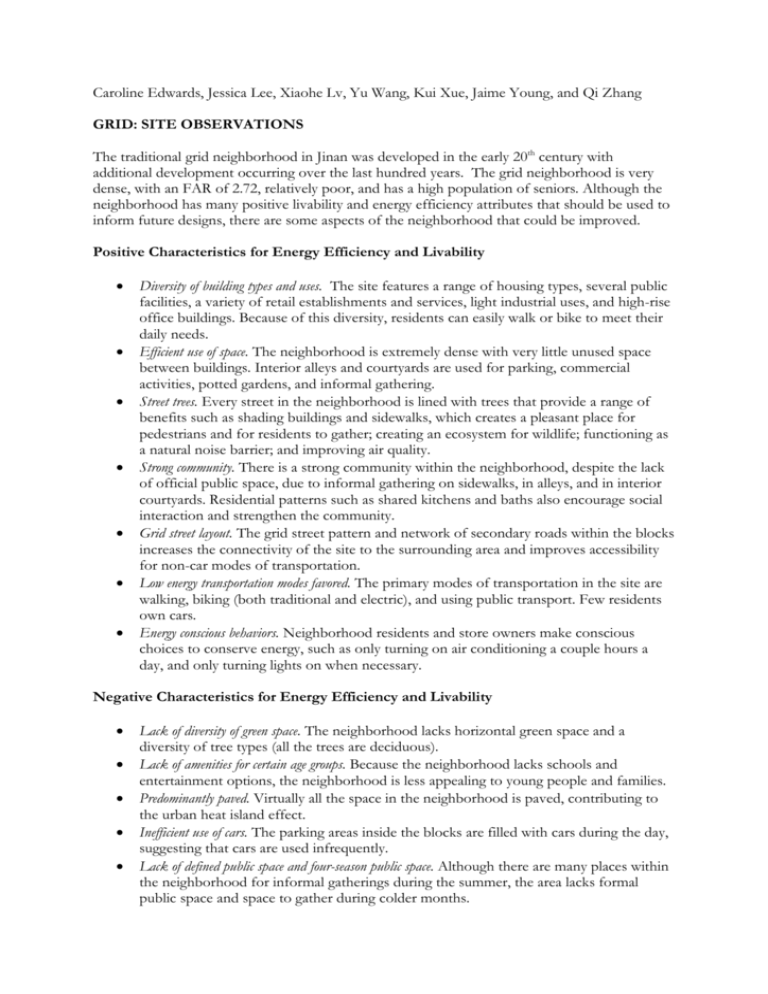
Caroline Edwards, Jessica Lee, Xiaohe Lv, Yu Wang, Kui Xue, Jaime Young, and Qi Zhang GRID: SITE OBSERVATIONS The traditional grid neighborhood in Jinan was developed in the early 20th century with additional development occurring over the last hundred years. The grid neighborhood is very dense, with an FAR of 2.72, relatively poor, and has a high population of seniors. Although the neighborhood has many positive livability and energy efficiency attributes that should be used to inform future designs, there are some aspects of the neighborhood that could be improved. Positive Characteristics for Energy Efficiency and Livability Diversity of building types and uses. The site features a range of housing types, several public facilities, a variety of retail establishments and services, light industrial uses, and high-rise office buildings. Because of this diversity, residents can easily walk or bike to meet their daily needs. Efficient use of space. The neighborhood is extremely dense with very little unused space between buildings. Interior alleys and courtyards are used for parking, commercial activities, potted gardens, and informal gathering. Street trees. Every street in the neighborhood is lined with trees that provide a range of benefits such as shading buildings and sidewalks, which creates a pleasant place for pedestrians and for residents to gather; creating an ecosystem for wildlife; functioning as a natural noise barrier; and improving air quality. Strong community. There is a strong community within the neighborhood, despite the lack of official public space, due to informal gathering on sidewalks, in alleys, and in interior courtyards. Residential patterns such as shared kitchens and baths also encourage social interaction and strengthen the community. Grid street layout. The grid street pattern and network of secondary roads within the blocks increases the connectivity of the site to the surrounding area and improves accessibility for non-car modes of transportation. Low energy transportation modes favored. The primary modes of transportation in the site are walking, biking (both traditional and electric), and using public transport. Few residents own cars. Energy conscious behaviors. Neighborhood residents and store owners make conscious choices to conserve energy, such as only turning on air conditioning a couple hours a day, and only turning lights on when necessary. Negative Characteristics for Energy Efficiency and Livability Lack of diversity of green space. The neighborhood lacks horizontal green space and a diversity of tree types (all the trees are deciduous). Lack of amenities for certain age groups. Because the neighborhood lacks schools and entertainment options, the neighborhood is less appealing to young people and families. Predominantly paved. Virtually all the space in the neighborhood is paved, contributing to the urban heat island effect. Inefficient use of cars. The parking areas inside the blocks are filled with cars during the day, suggesting that cars are used infrequently. Lack of defined public space and four-season public space. Although there are many places within the neighborhood for informal gatherings during the summer, the area lacks formal public space and space to gather during colder months.



